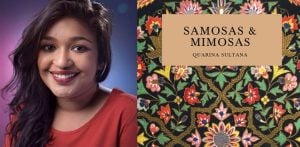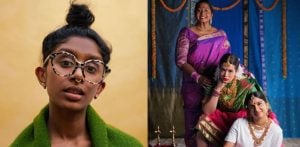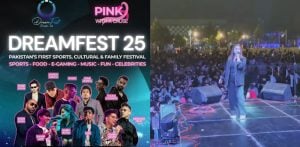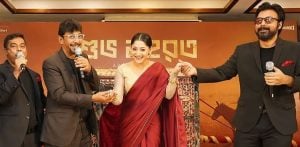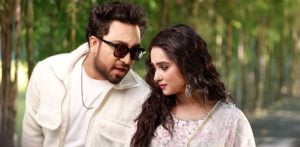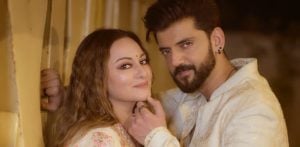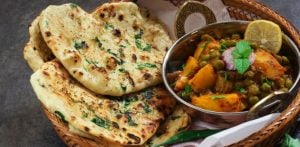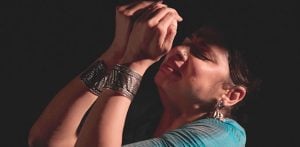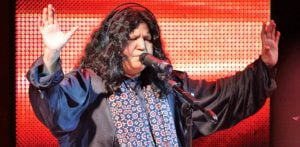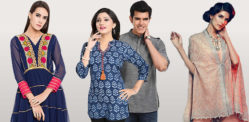Both pieces represent timeless elegance.
In South Asian fashion, few garments are as timeless and adaptable as the kurta and kurti.
Yet, despite their apparent similarity, the two serve distinct purposes and stylistic expressions.
Many people use the terms interchangeably, but in reality, each piece carries its own heritage, fit, and identity within Desi wardrobes.
From their silhouettes to their cultural roots, both have evolved to reflect changing lifestyles while preserving tradition.
Understanding their differences offers insight into how Desi fashion continues to blend history with modernity.
Length and Silhouette
 The most noticeable difference between a kurta and a kurti lies in their length and overall structure.
The most noticeable difference between a kurta and a kurti lies in their length and overall structure.
A kurta typically extends below the knees and often reaches the calves, offering a straight, relaxed fit.
This long, flowing silhouette allows for greater movement and is suitable for people of all genders across South Asian cultures.
In contrast, a kurti is shorter, typically ending around the hips or just above the knees, which creates a more tailored and fitted appearance.
Its cropped length gives it a contemporary edge, making it perfect for casual and semi-formal looks.
The difference in cut and shape defines how each garment complements different body types and style preferences.
Cultural Roots and Gender
 The kurta holds centuries of cultural significance, having been historically worn by men and later adapted by women as part of both daily and festive attire.
The kurta holds centuries of cultural significance, having been historically worn by men and later adapted by women as part of both daily and festive attire.
Over time, it evolved into a unisex staple, symbolising tradition and comfort.
The kurti, on the other hand, emerged as a modern reinterpretation designed specifically for women seeking practicality and elegance.
It reflects a shift towards contemporary dressing while retaining cultural nuances.
While kurtas embody a classic heritage aesthetic, kurtis express modern femininity and everyday ease.
Together, they showcase how Desi fashion embraces both its roots and the changing dynamics of gendered style.
Fabrics and Embellishments
 Fabric choice often distinguishes the kurta from the kurti, especially in terms of texture and craftsmanship.
Fabric choice often distinguishes the kurta from the kurti, especially in terms of texture and craftsmanship.
Kurtas are commonly made from natural fabrics like cotton, silk, and linen, often enhanced with intricate embroidery, mirror work, or handwoven detailing.
These materials lend them a regal and traditional appeal, suitable for weddings, festivals, or cultural events.
Kurtis, however, are far more experimental, crafted from fabrics such as chiffon, georgette, rayon, or blended textiles.
They often feature digital prints, lace trims, or trendy embellishments suited for casual and workwear.
This variation in fabric use reflects how each garment caters to different fashion sensibilities and occasions.
Occasion and Styling
 A kurta can be effortlessly styled for various occasions, depending on its fabric and embroidery.
A kurta can be effortlessly styled for various occasions, depending on its fabric and embroidery.
Silk or jacquard kurtas are ideal for weddings or pujas, while cotton ones suit everyday wear.
The garment’s simplicity makes it versatile for all individuals, paired with churidars, salwars, or pyjamas.
Meanwhile, kurtis dominate casual wardrobes, offering ease and modern flair for daily use.
They can be styled with leggings, palazzos, or jeans for a chic yet comfortable look.
Despite their differences, both pieces can transition seamlessly from daywear to evening ensembles with the right accessories.
Necklines and Collars
 Another distinguishing feature lies in their neckline and collar designs.
Another distinguishing feature lies in their neckline and collar designs.
Kurtas traditionally feature round necklines or mandarin collars, preserving their formal and classic aesthetic.
This understated detailing complements traditional embroidery or handcrafted embellishments.
In contrast, kurtis embrace innovation, showcasing varied necklines like boat, V-neck, and sweetheart styles.
These designs add personality and make the kurti an ideal choice for those who prefer playful or contemporary fashion statements.
The experimentation in neckline shapes highlights how the kurti has evolved to align with modern tastes while retaining its Desi charm.
Shared Appeal and Versatility
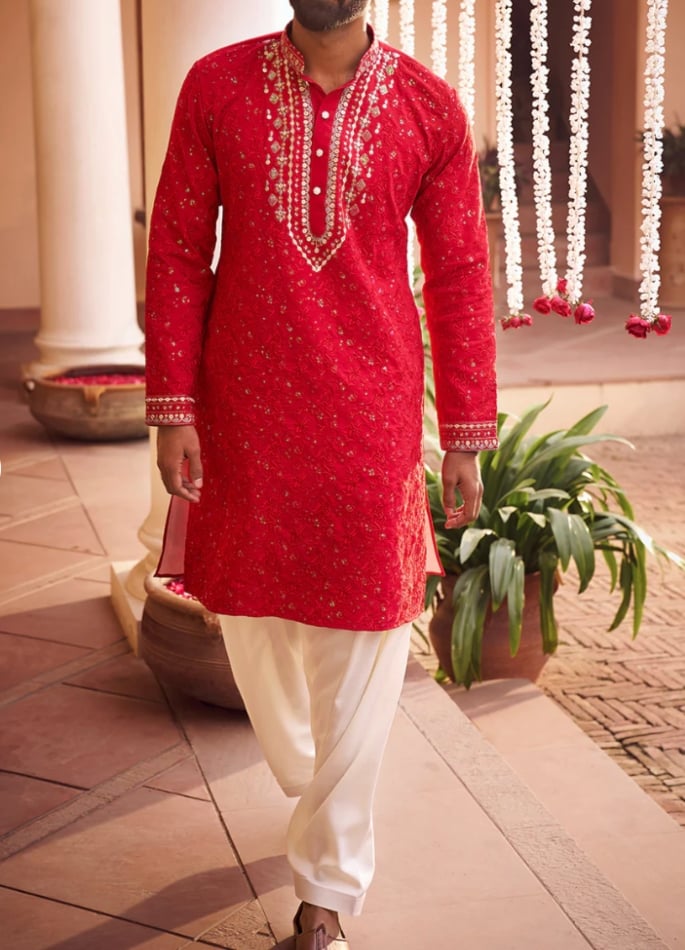 Despite their differences, the kurta and kurti share a common appeal rooted in comfort, culture, and versatility.
Despite their differences, the kurta and kurti share a common appeal rooted in comfort, culture, and versatility.
Both are celebrated for their adaptability across regions and generations, offering wearers a chance to express their identity through style.
They can be easily mixed and matched with different bottoms, from traditional churidars to trendy denim, making them wardrobe essentials.
Whether it is a heavily embroidered kurta or a minimalist printed kurti, both pieces represent timeless elegance.
Their enduring popularity proves that Desi fashion continues to reinvent itself without losing authenticity.
The kurta and kurti may appear similar, but their distinctions in length, fit, and cultural context reveal two unique stories within South Asian fashion.
The kurta stands as a symbol of heritage and inclusivity, while the kurti embodies modern femininity and ease.
Both serve as reflections of how Desi style bridges the traditional and contemporary worlds.
Together, they represent a fashion legacy that continues to evolve with time and trends.
Whether draped in silk or styled with denim, the kurta and kurti remain enduring expressions of Desi elegance and identity.


